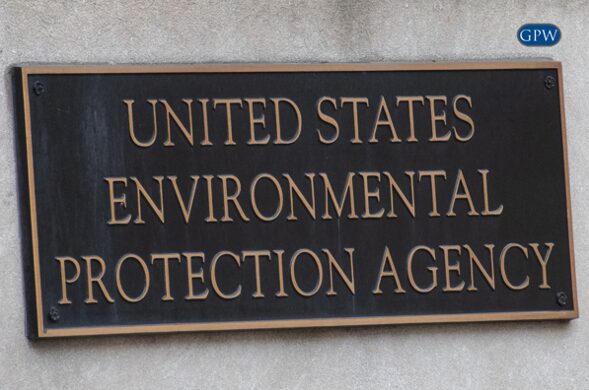Survivor Rights with Wrongful Death
A wrongful death claim is filed when a person dies due to the fault of another person or entity. These claims generally cover fatal accidents, medical malpractice, or any incident that occurs due to another person’s negligence. Wrongful death claims can be filed by the surviving family members of the deceased, and are intended to seek compensation to cover funeral expenses, lost companionship, or lost wages that would have been earned by the deceased.
Who Can Sue for Wrongful Death?
In most cases, anybody who has been adversely affected by a wrongful death can file a lawsuit. These people are referred to as “real parties of interest,” and can vary from one state to the next. “Real parties in interest” may include immediate family members of the deceased, such as spouses, children, domestic life partners, financial dependents, and distant family members. Again, this will vary depending on your state, so make sure to consult a wrongful death attorney to find out if you qualify as a real party of interest before filing a claim. Generally speaking, anybody who suffers financially will have the right to file a wrongful death lawsuit.
Wrongful Death Statute of Limitations
Every state has its own statute of limitations when it comes to filing a wrongful death claim. A statute of limitations is a length of time in which a claim must be filed in order for it to be valid. A survivor who waits too long after the wrongful death occurs may no longer have the right to file a claim.
Wrongful death laws can vary drastically from state to state. Be sure that you speak to a wrongful death attorney to make sure that you are within the statute of limitations before filing a claim. You may need to speak to several wrongful death lawyers if multiple states or parties are involved.
Wrongful Death vs. Survival Actions
Survival actions are similar to wrongful death claims in that they are filed in the event of an accident caused by a person or entity. The major difference is that survival actions cover the damages that the deceased suffered between the time of the accident and the time of death. Survival actions are used to cover medical bills, wages that were lost due to the victim being unable to work, and other compensation for pain and suffering. It must be proven that the damages were directly caused as a result of the accident. Like wrongful death claims, survival actions are filed by a “real party in interest.”
If you have recently lost a loved one to a fatal accident, you may have the right to file a wrongful death claim or a survival action. Speak to a wrongful death attorney to learn more about your rights and about the wrongful death statute of limitations in your state. The attorneys at Goldberg, Persky, & White have over 30 years of experience and can help to get you compensation you deserve.



